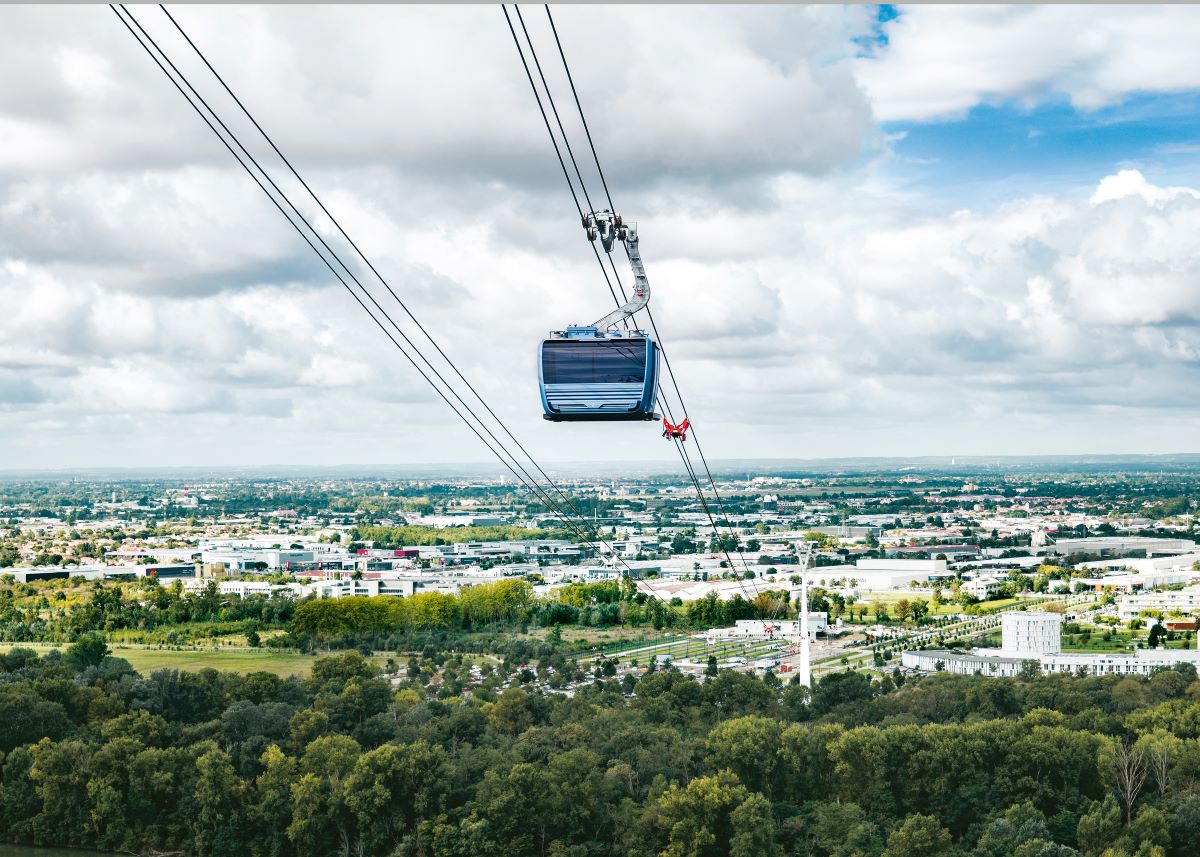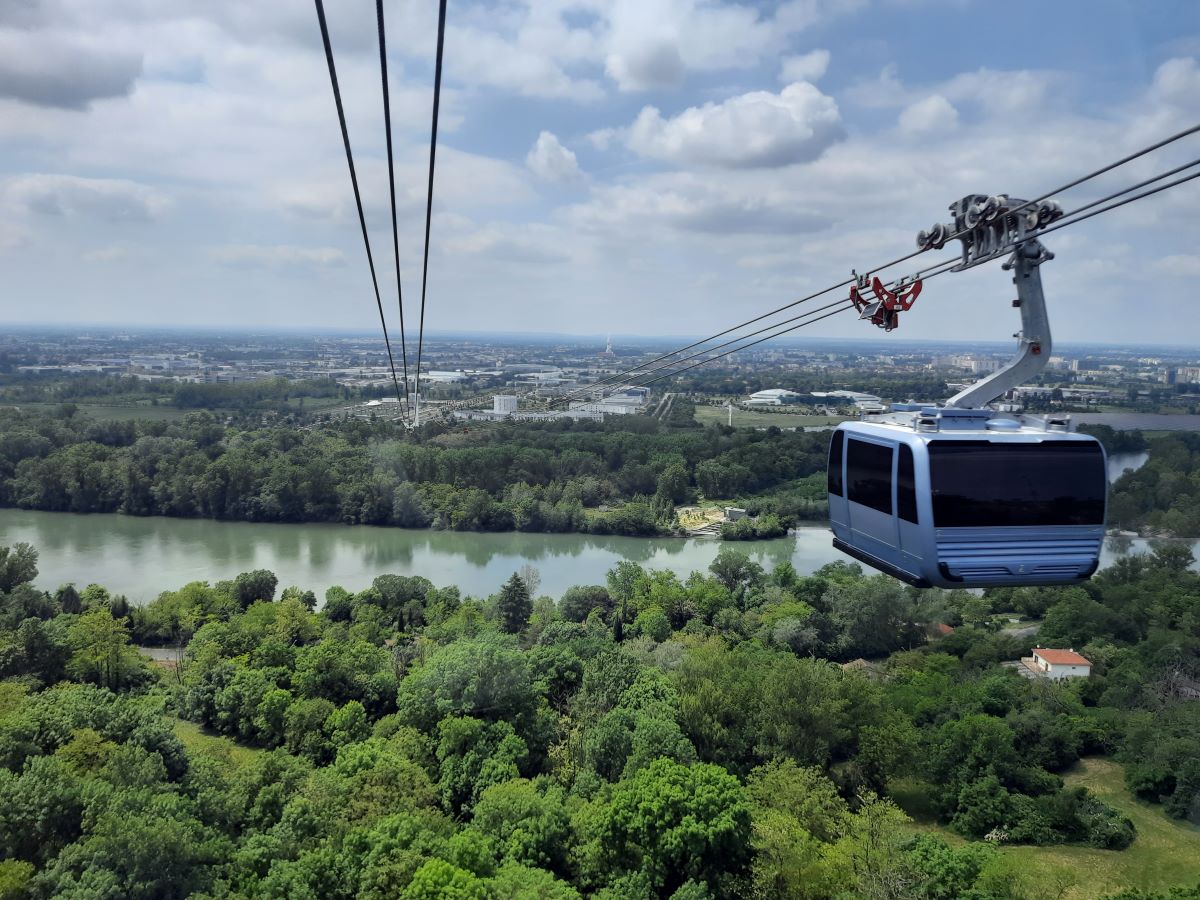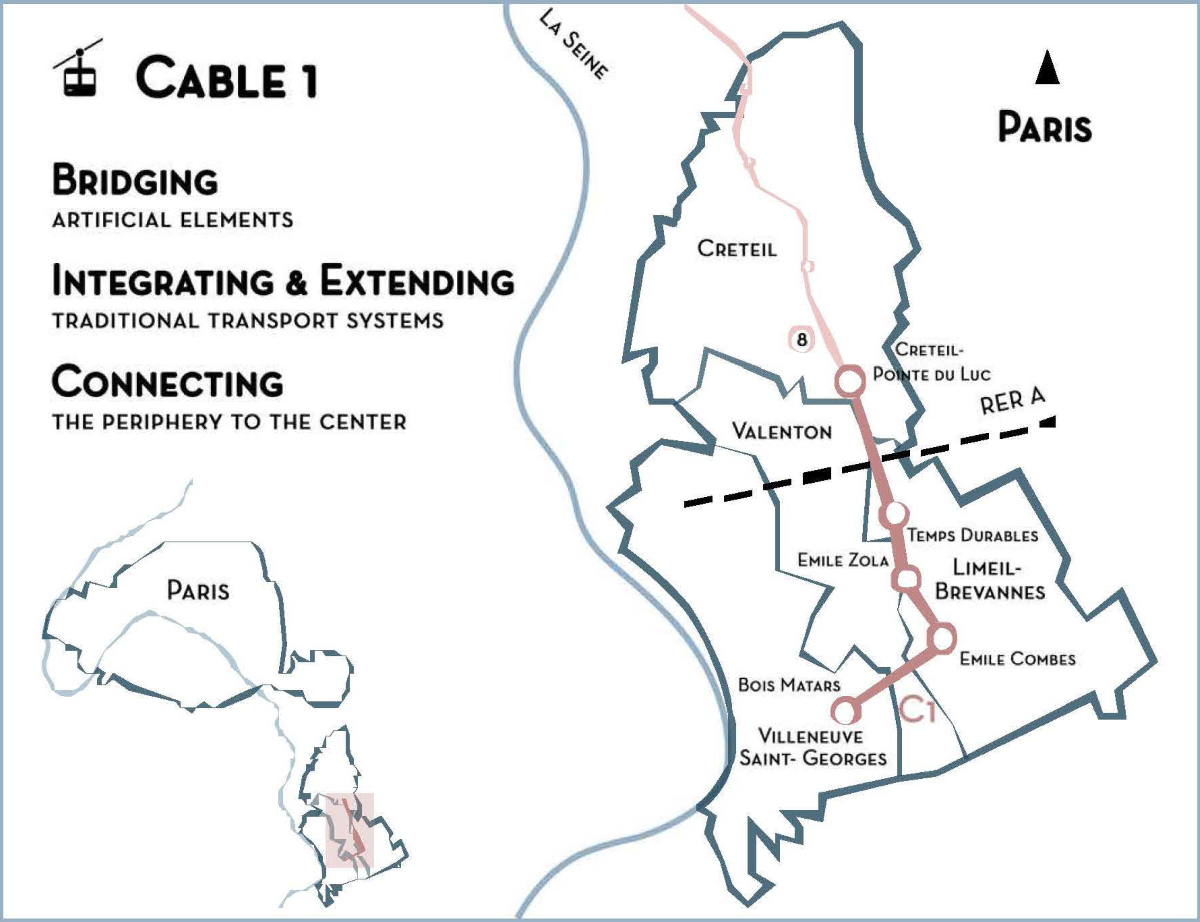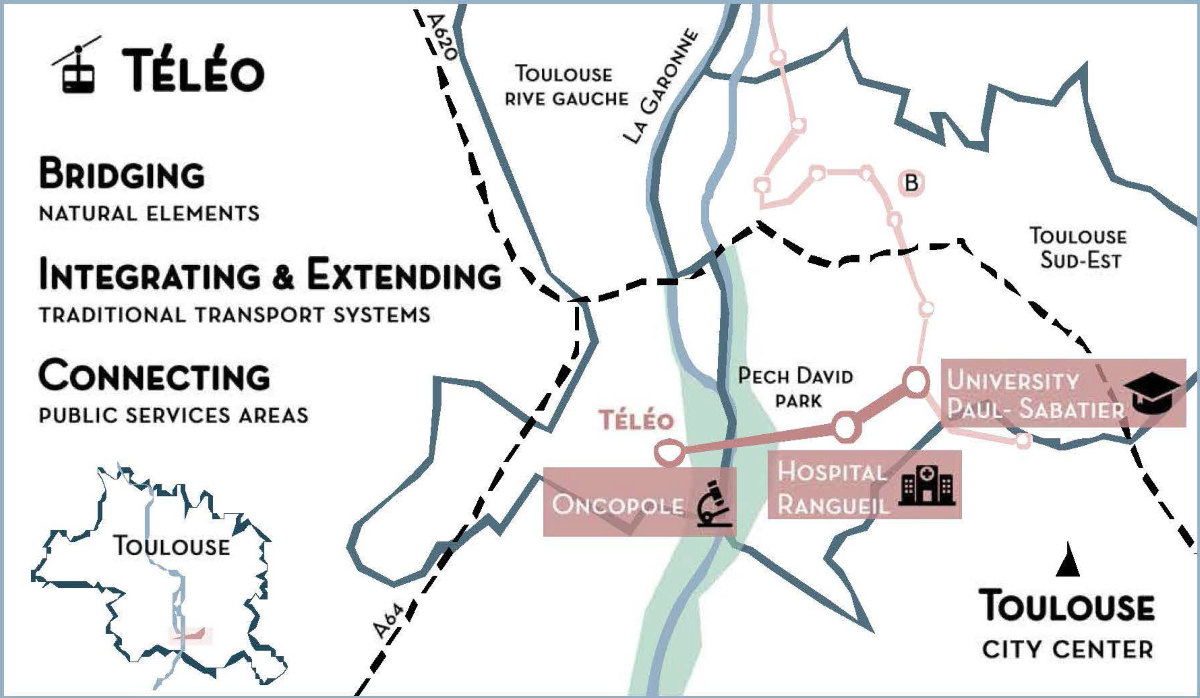
Cities
Future Mobility in Europe
Affordable, safe, punctual and environmentally friendly: urban cable cars are the ideal means to extend local public transport in cities. It is therefore no wonder that more and more cities around the world are starting to implement them in their existing transport networks.
Paris – the French capital – is now also joining the ranks of French cities Brest and Toulouse and Réunion Island in the Indian Ocean, which boast an urban cable car.
Advantages of urban cable cars
The advantages, which also apply to this project in Paris, were presented by Vienna University of Technology at Cable Car World: the volume of emissions for which one commuter is responsible is 7.6 times greater by bus and as much as 30 times greater by car than on a journey by cable car.
At approx. 3.5 to 19 million euros, one kilometre of cable car route also costs significantly less than one kilometre of underground railway, which is between 45
and 133 million euros.
Cable cars likewise convince with exceptionally low land use in comparison with trams. Câble A in Paris will take up only around seven percent of the space that would be required by a tram for the same route.
In Toulouse the land use by the cable car is actually only 5.5 percent of what would have been required for a tram. Moreover, cable cars can be powered purely by electricity, which makes them independent of fossil fuels.
The urban cable car in Toulouse
opened in 2022.
Photos: POMA
Graphics: TU Wien

Challenges
Whereas urban cable cars bring huge value added from an environmental perspective, some designs are nonetheless vulnerable to strong winds and must first win the favour of the population. Historic cities too are challenged by the altered cityscape – at least until local residents have got used to the view.
Concerns also remain with respect to the privacy of residents in the area, which would be directly affected by the passing gondolas.
Conclusion
Whereas work on the present challenges is ongoing, urban cable cars represent a relatively inexpensive investment, which makes them excellently suited to relieving the traffic in France’s cities and to preventing waiting times and congestion.
This also applies to other countries. In addition, they contribute to sustainability and allow conservation of valuable green spaces in the cities, which would alternatively fall victim to road construction.
Paris
The urban cable car in the French capital is currently in the creation process: after initial approval of the project in 2016 and definition of an initial plan in 2018, the system should open in 2025. The planned route runs from Créteil to Villeneuve-Saint-Georges, via Limeil-Brévannes & Valenton.
On completion of the project, it should therefore carry 1,600 commuters per hour and direction and cover the entire distance in 17 minutes.

Toulouse
Toulouse sets an example for sustainable urban mobility with Téléo, (still) France’s longest cable car: construction work on Europe’s first urban three-cable circulating track began in late summer 2019; the installation finally opened in May 2022.
With the cable car, Toulouse also demonstrates how it can be integrated into a city’s local public transport. Téléo is fully connected to the transport network and allows passengers to reach three of the key destinations in the city: “Oncopole” institute for cancer research, “Rangueil” hospital, and “Paul Sabatier University”.
The cable car takes just ten minutes here, whereas the journey takes three times as long by car.

Technical Data:
Câble A
| Length | 4,5 km |
| Altitude difference | 50 m |
| Stations | 5 |
| Supports | 33 |
| System | Single-cable circulating track |
| Costs | 132 m € |
| Users per day | 11,000 p |
| Land use | 3,300 m2 |
Technical Data:
Téléo
| Length | 3 km |
| Altitude difference | 100 m |
| Stations | 3 |
| Supports | 5 |
| System | three-cable circulating track |
| Costs | 82,42 m € |
| Users per day | 8,000 p |
| Land use | 1,500 m2 |







